Why the Right Glasses Matter
Vision plays a fundamental role in a child’s cognitive, social, and emotional development, with up to 80% of early learning occurring through sight. Early detection and correction of refractive errors are essential for preventing amblyopia, strabismus, and learning difficulties. Selecting glasses for a child is not just about aesthetics; it requires understanding eye health, safety, and how glasses affect a child’s self-esteem.
Understanding Common Vision Problems in Kids
The most frequent refractive errors in children, like myopia, hyperopia, and astigmatism, can lead to headaches, squinting, or avoidance of reading and close work. Studies published in the Indian Journal of Ophthalmology and Archives of Disease in Childhood have shown that uncorrected refractive errors are a leading cause of visual impairment in children, emphasizing the need for timely intervention.
Ensuring Accurate Prescriptions with Proper Exams
Accurate prescriptions are essential to correct a child’s vision effectively. Pediatric ophthalmologists recommend cycloplegic refraction using special eye drops to temporarily relax focusing muscles, because it prevents underestimation of farsightedness. Dr. Santosh Honavar, Director at Centre for Sight, has stated, “Cycloplegic refraction is considered the gold standard in children; without it, hyperopia and accommodative issues often remain undetected.”
Regular eye exams should be scheduled every 6 to 12 months, or sooner if the child shows signs of vision problems, including squinting or complaints of headaches.
Choosing Safe and Comfortable Frames
Children’s glasses must withstand daily activities and accidents common in childhood. Frames made of flexible, lightweight materials like TR-90 thermoplastic or impact-resistant acetates are ideal. NHS guidelines recommend polycarbonate lenses for all children under 16 years of age due to their shatterproof safety and UV protection.
A proper fit is vital: nose pads should sit comfortably without leaving red marks, and the arms of the frame should not pinch or extend far beyond the ears. A well-fitting frame ensures stable, distortion-free vision throughout school and play.
Selecting the Right Lenses for Protection and Comfort
For children, polycarbonate or Trivex lenses are recommended by the American Academy of Ophthalmology for their high impact resistance and lighter weight. Anti-scratch coatings prolong lens life, while anti-reflective coatings reduce glare, which is helpful during screen use or studying under bright lights.
Though many parents ask about blue light–filtering lenses, recent meta-analyses in Ophthalmic and Physiological Optics have shown no strong evidence that they reduce digital eye strain. However, parents concerned about screen time should discuss this with their child’s ophthalmologist.
Making Glasses Appealing: Involving Children in Choices
Children often feel self-conscious about wearing glasses. Research published in Journal of AAPOS confirms that frame color and style influence whether kids wear glasses consistently. Dr. Rohit Saxena, Professor at AIIMS, has emphasized, “When children are encouraged to choose their own frames, acceptance improves dramatically, which directly impacts visual development outcomes.”
Letting your child pick a color or style they love increases confidence and compliance, helping glasses become a positive part of their identity.
Special Considerations for Children with Unique Needs
For children with conditions like Down syndrome, cerebral palsy, or facial asymmetries, custom frames with adjustable bridges or head straps may be required. Pediatric opticians experienced in fitting children with special needs can help provide glasses that accommodate unique facial structures and motor skills.
Everyday Maintenance: Keeping Glasses in Top Shape
Parents should inspect glasses daily for loose screws or bent frames. Children should be taught to clean lenses with a microfiber cloth and proper lens-cleaning solution to avoid scratches. Experts recommend having a backup pair of glasses on hand, especially for children with strong prescriptions or high activity levels.
Recognizing When a New Eye Exam Is Needed
If a child begins tilting their head, rubbing their eyes excessively, experiencing headaches, or performing poorly at school, it may indicate a change in vision requiring re-evaluation. Prescription changes can occur rapidly during growth spurts, and early intervention can prevent complications like amblyopia.
Conclusion: Empowering Your Child’s Vision
Choosing the right glasses involves balancing safety, comfort, and your child’s preferences to ensure they see clearly and confidently. High-quality materials, accurate prescriptions, and involvement in frame selection support healthy visual development and boost self-esteem. Regular check-ups and vigilant care of glasses will help your child thrive both academically and socially.
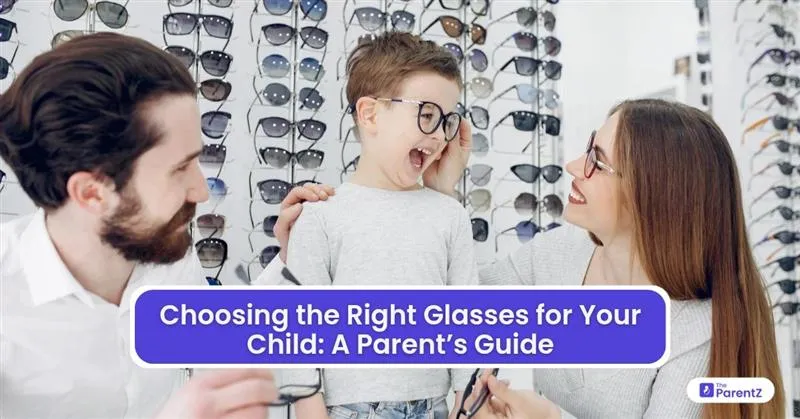

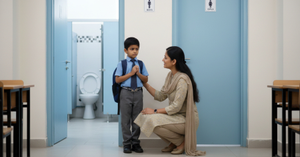


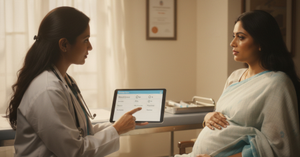
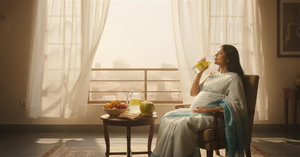
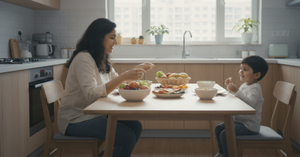
Be the first one to comment on this story.